I thought I would do a little work on explaining the typical RussianMosin bayonets.
There are a few forms of commonly available (and not so available) Russian issue Mosin bayonets. I don't own a Panshin bayonet or the ex-panshin bayonet variations, so alas, no photos of those - but if someone wants to sell me either, pls pm me
From top to bottom below:
1) Imperial M91 bayonet
2) Forged and Machined M30 bayonet
3) Cast and welded M30 bayonet
4) M42 "blokadnik" bayonet
Here is a closeup of the manufacturer marking on a typical M91 bayonet from the imperial era. They were made by all the manufacturers, in this case it is marked with the Tula hammer. The lock ring is often not marked with a maker symbol.
Next are examples of both Tula and Izhevsk-made forged and machined M30 bayonets. Note these, if not refurbed and mixed-parts, will be maker marked identically on both the spike shank and on the button.
Tula:
Izhevsk:
As pressure mounted in WW2, the GRAU field arsenal facilities had to start manufacturing bayonets to make up for shortages. Several good references refer to the very high loss rate for M30 bayonets.
It's speculated that a couple factors were at play: 1) The bayonets were not permanently attached to the rifles, and were easy to remove. 2) The affixed bayonet made the M91/30 into a VERy long weapon that was difficult to wield in confined spaces. 3) There was not commonly issued scabbard for the bayonet.
In any event, the GRAU facilities didn't have access to forging equipment and were under real pressures to make up the shortfalls. Their answer was to cast the collar and weld it to a full-machined spike. The end result is a considerably cruder-looking M30 bayonet. You'll not obvious weld seams, a collar that has less crisp lines and edges that was only very cursorily machined, and typically the spike flutes aren't as straight and uniform as they were cut hastily on a milling machine. Also, these will not be marked with an Izhevsk Triangle or Tula Star. Intact examples will instead have a GRAU arsenal stamp on both the body of the bayonet and on a crudely made button. This is NOT a refurb marking, but rather a manufacturing stamp showing a GRAU factory made the bayonet during WW2.
The differences are much more obvious in this photo comparing a forged and machined Tula bayonet to a cast and welded GRAU bayonet. Pay attention to the "melted" look of the rings on the collar compared ot the crisply machined shoulders of the Tula part.
Lastly, here is a dug specimen of the M42 Blokadnik bayonet. These were made in besieged Lenningrad from spare SVT40 blades, and in some cases, from captured K98bayonet blades, from 1942 to early 1944. Nearly all remaining examples are in relic condition like this one, which is in above average condition with a working mechanism. This one still mounts to a rifle and came out of a peat bog in the Courland pocket (Kurland-Kessel in German) and is made from an SVT40 blade.
There are two variants I don't have photos of. The first is the M1891/30 Panshin bayonet which was only made for a short period between 1930 and 1932 as the M91 dragoon design was transitioning to the M91/30 infantry rifle. On these bayonets, the front sight hood is part of the bayonet itself.
Another related bayonet is the converted Panshin where a panshin bayonet had the hood machined off so it could be used like a normal M30 bayonet. Both variants are fairly uncommon.
- Knowledge Library

- MKL Entry of the Month
- Australia
- Austro-Hungarian Empire
- Canada
- Czechoslovakia
- Denmark
- Finland
- France/Belgium
- Germany
- Italy
- Japan
- Norway
- Russia
- South America
- Sweden
- Switzerland
- Turkey
- United Kingdom
- United States
- Yugoslavia
- Is my rifle authentic or a fake?
- Jay Currah's Lee Enfield Web Site
- On-line Service Records (Canada)
- Technical Articles/Research
- Forum
- Classifieds

- What's New?
-
Photo Gallery

- Photo Gallery Options
- Photo Gallery Home
- Search Photo Gallery List
-
Photo Gallery Search
- Video Club

- iTrader














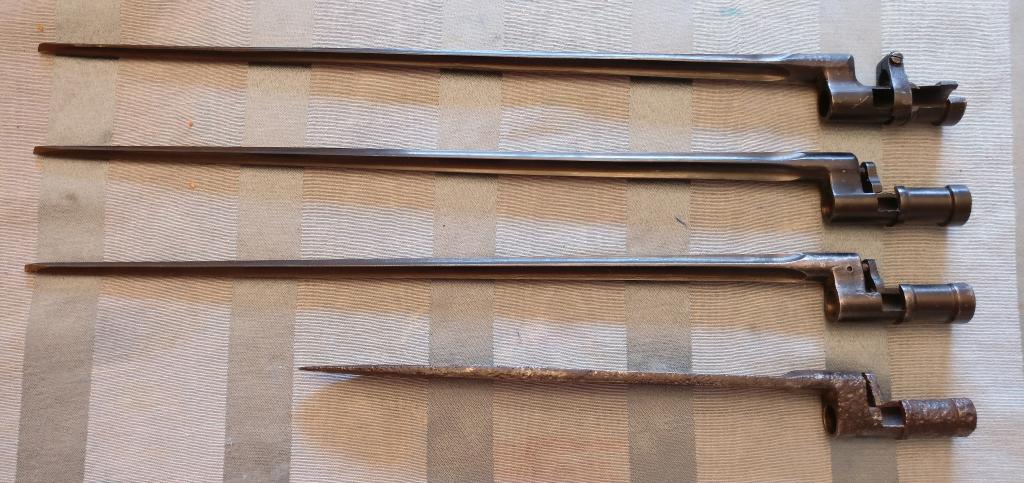
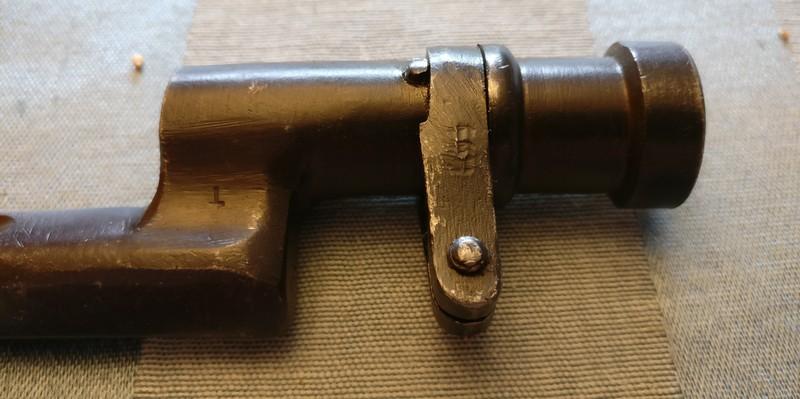
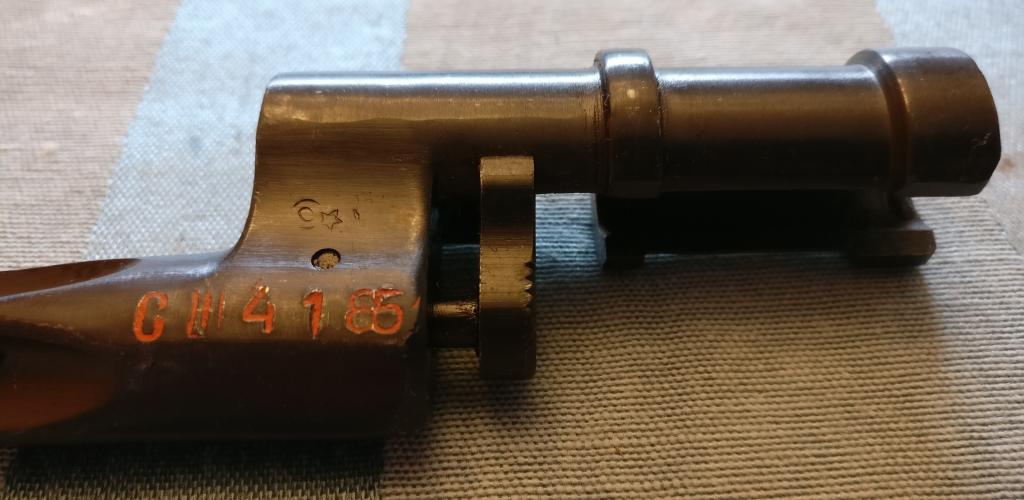
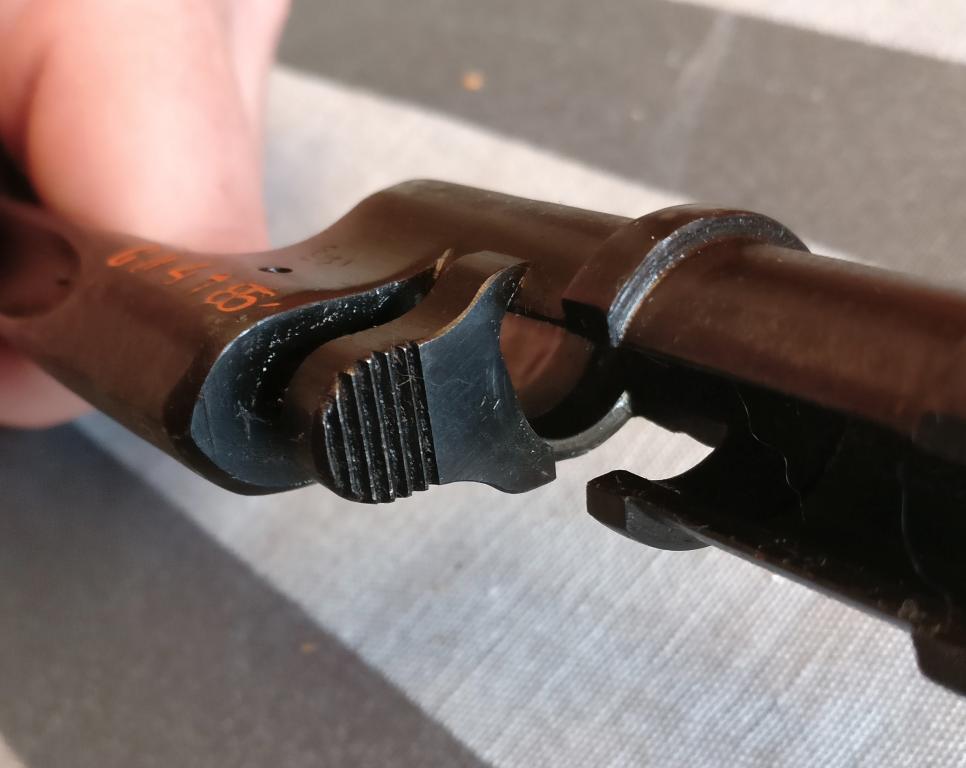
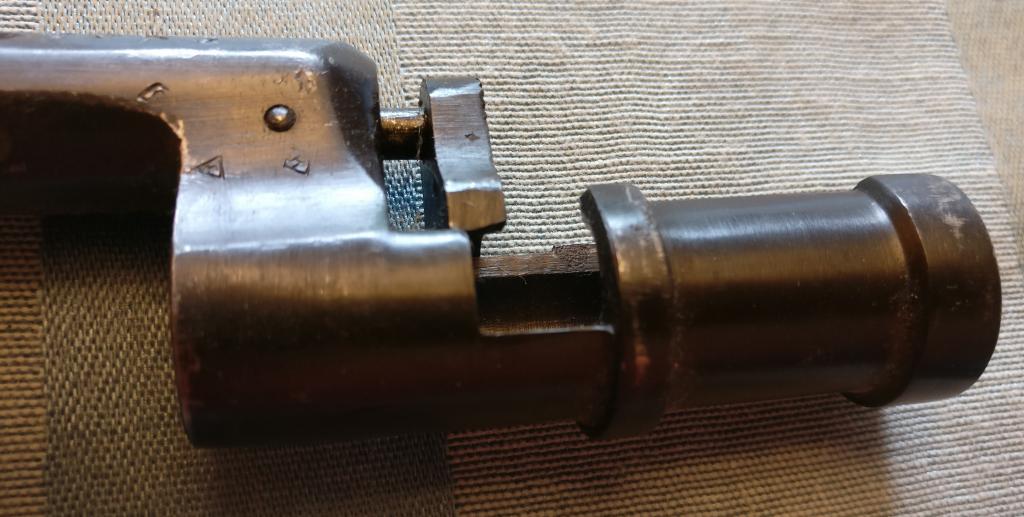
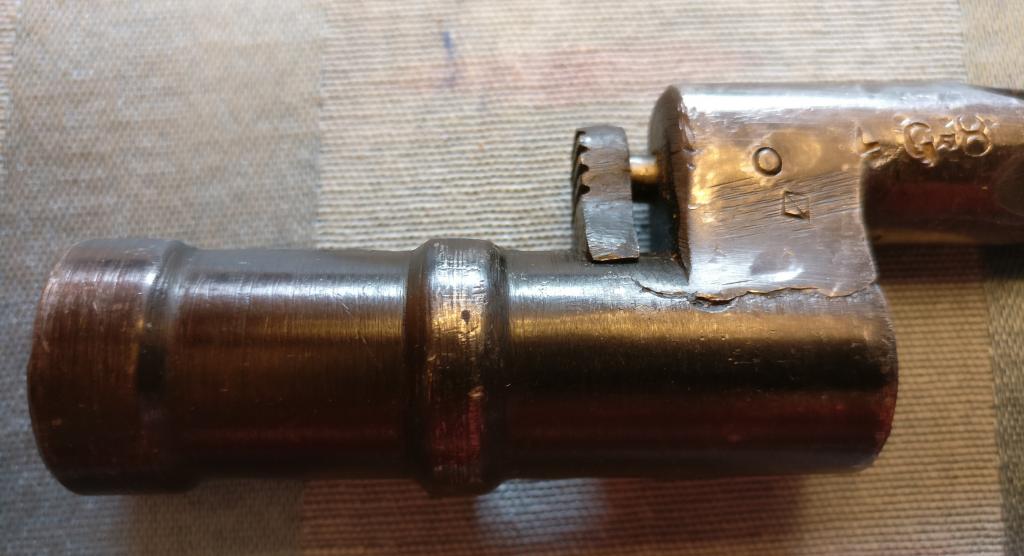
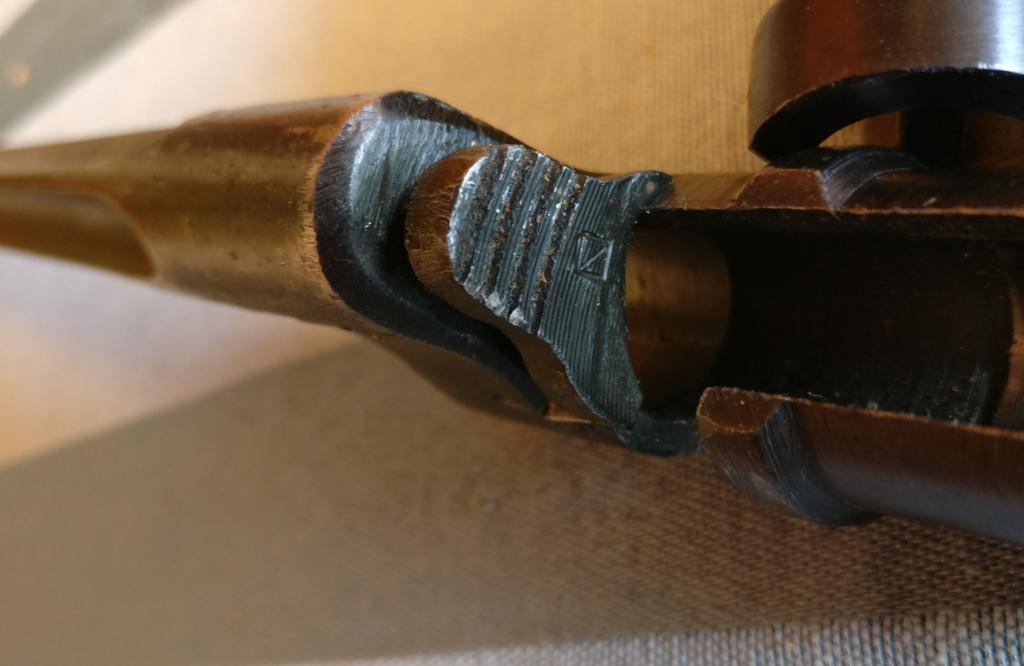
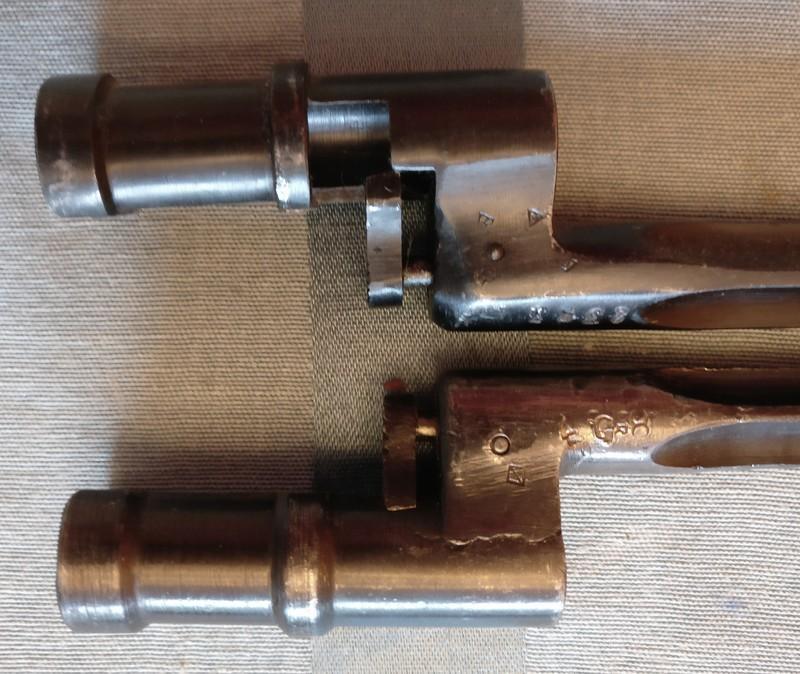


 PM
PM
